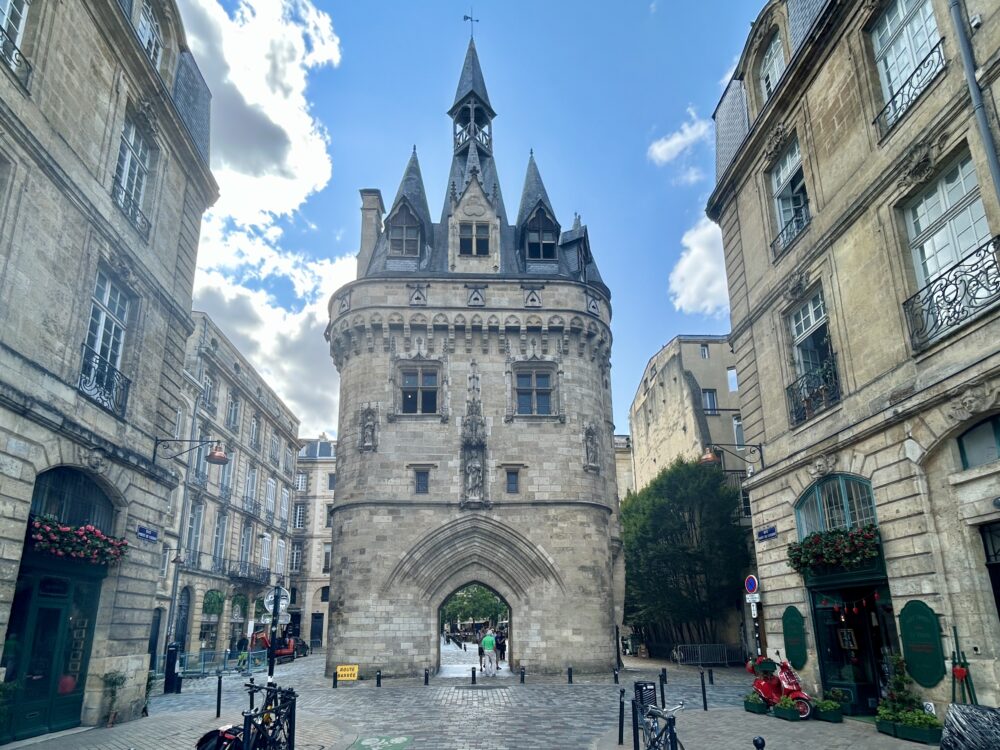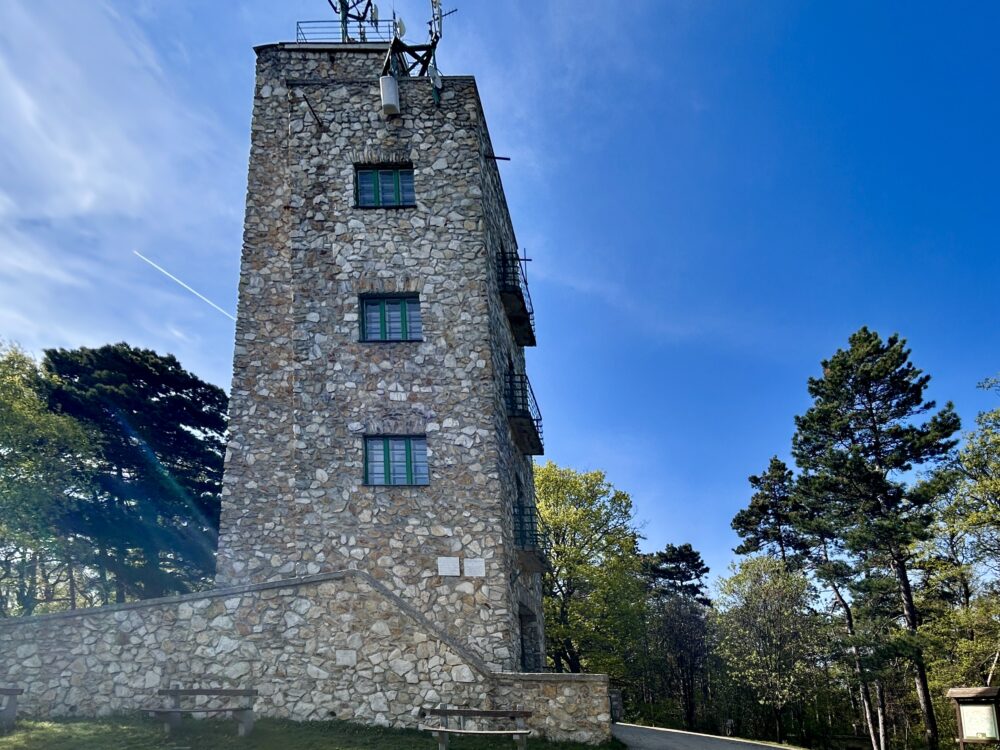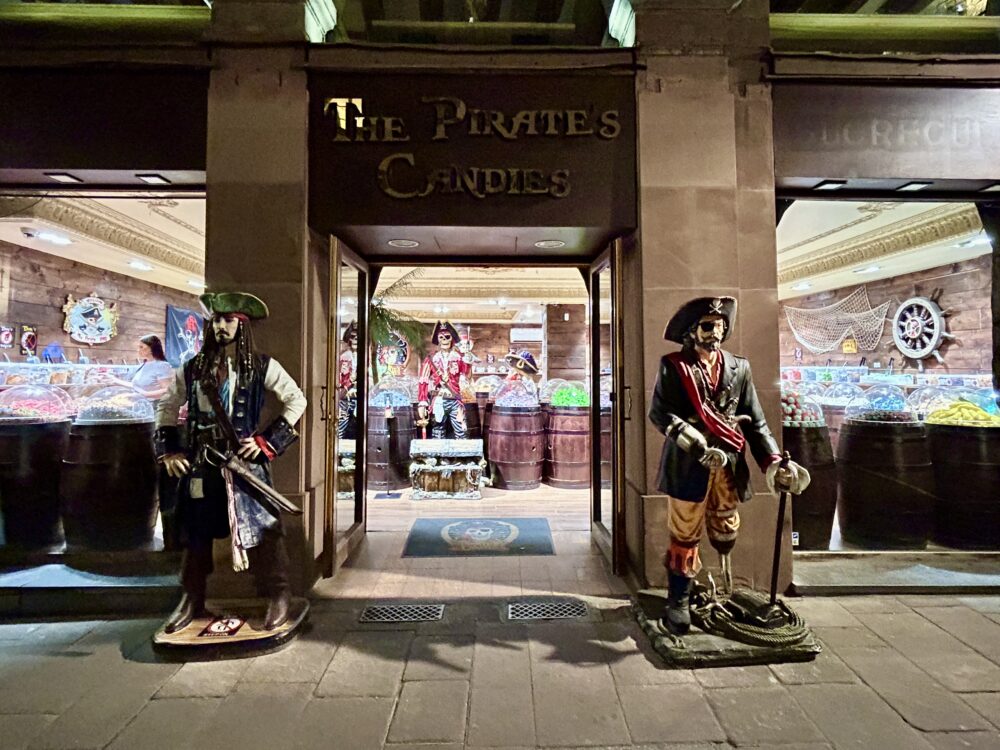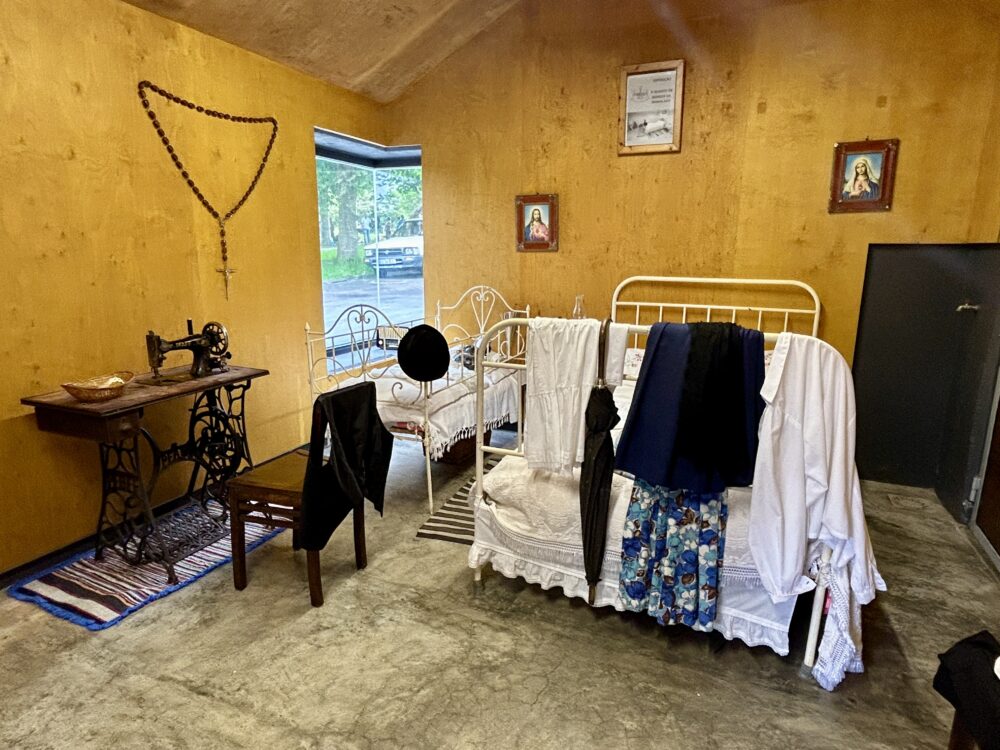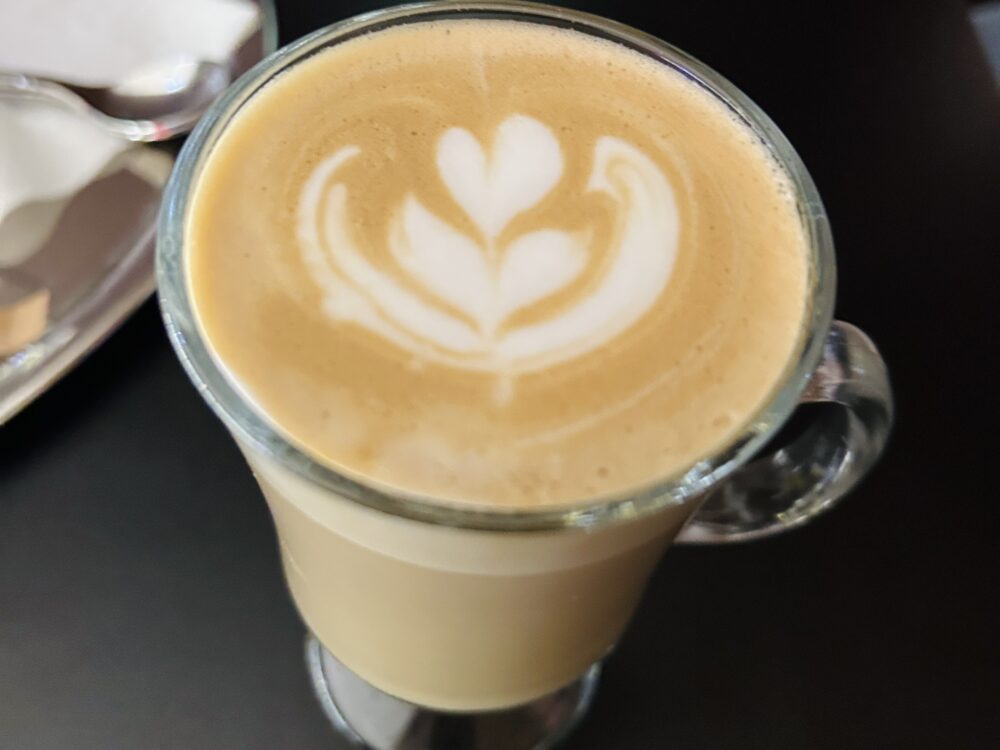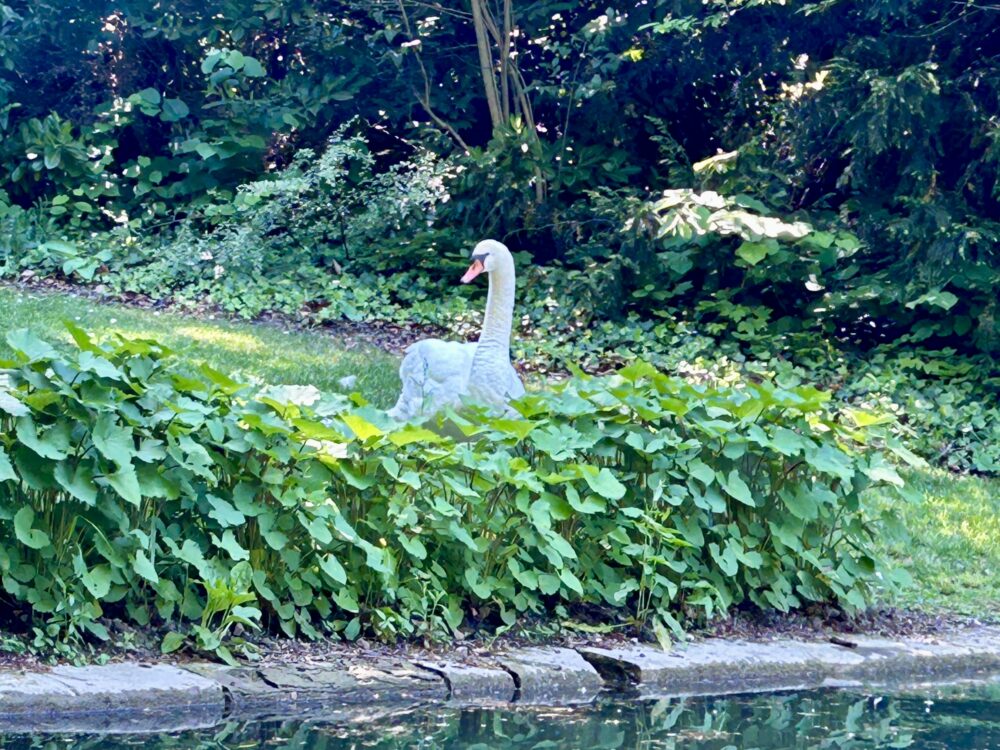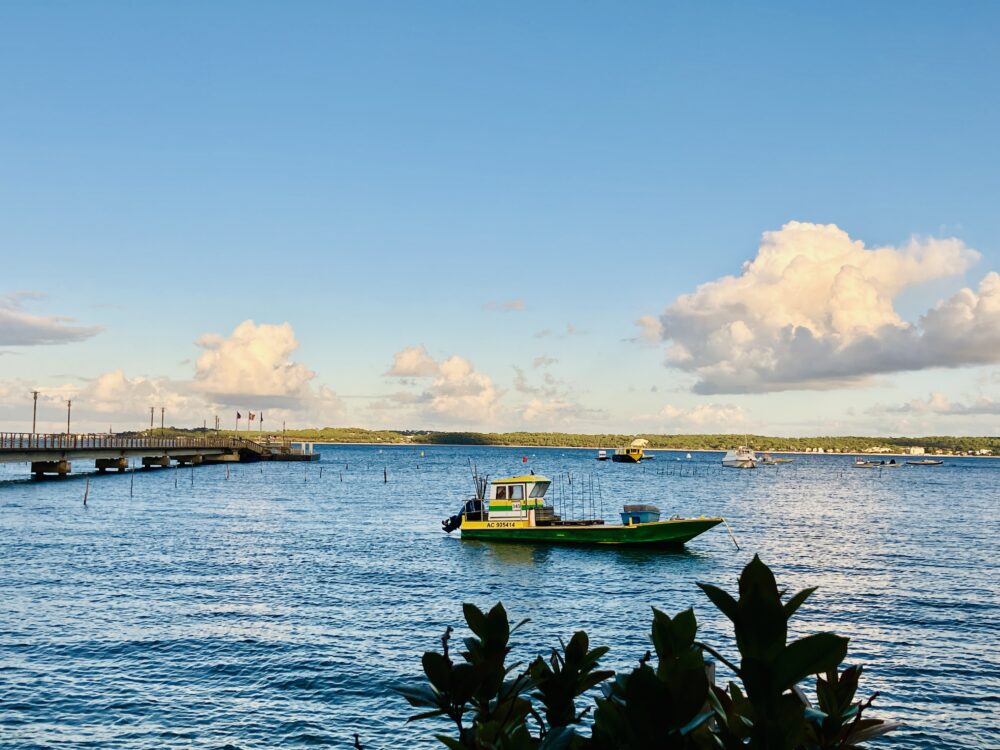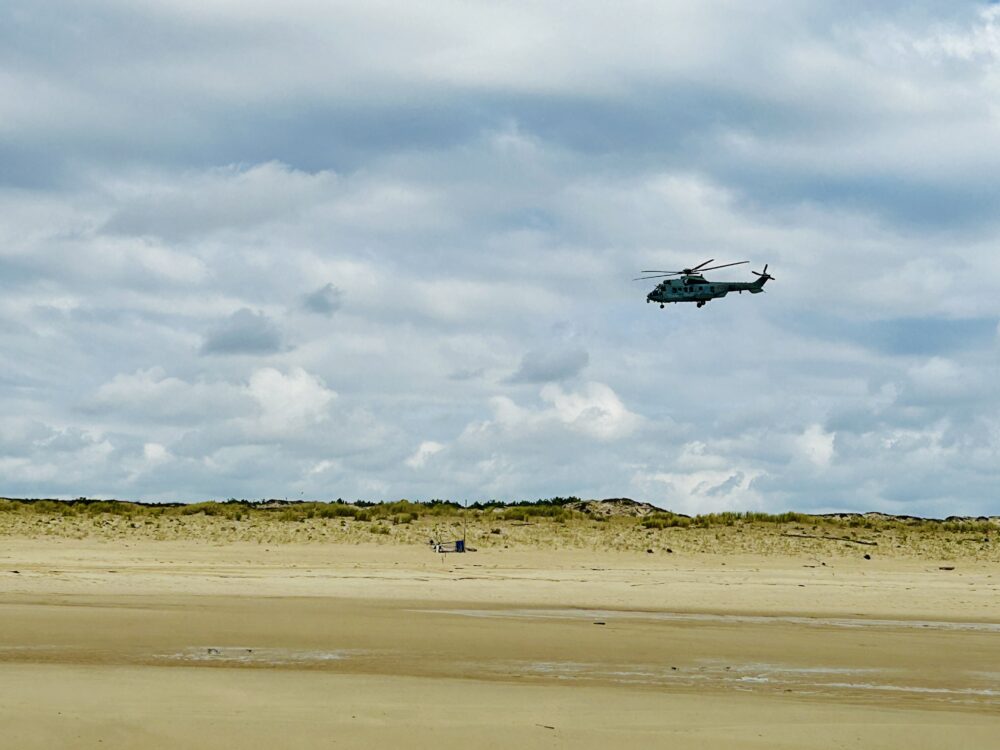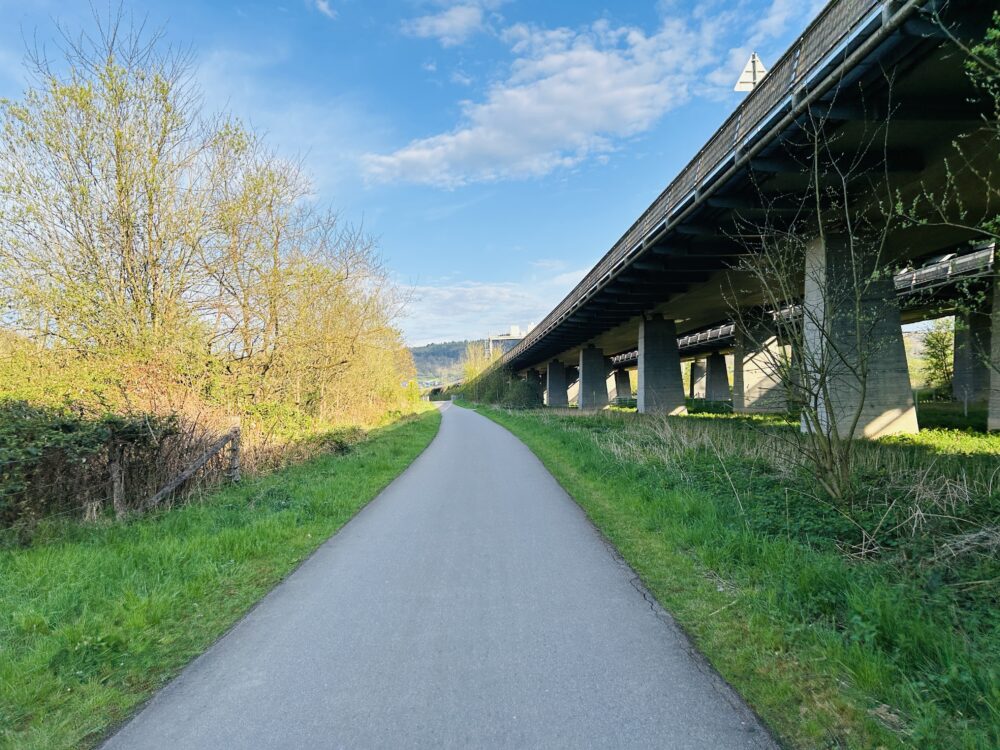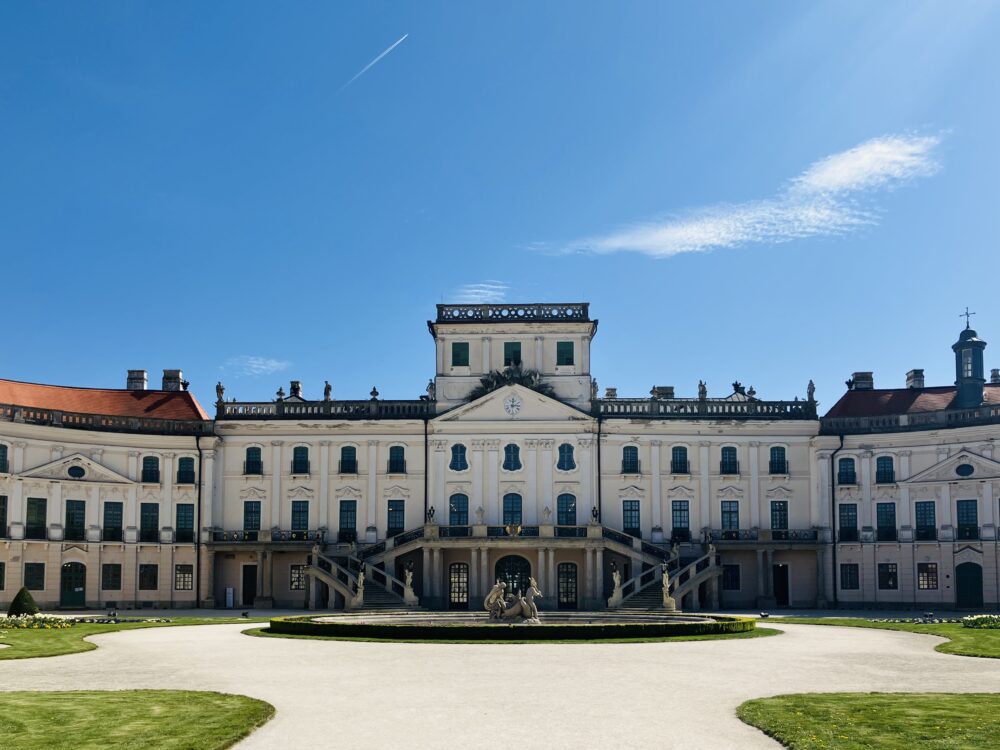A Historic Landmark
The Porte Cailhau, also known as the Porte du Palais, is a striking medieval gate in Bordeaux, France. It served both as a defensive gateway and a triumphal arch, featuring a niche with the effigy of a king. Classified as a historic monument since 28 May 1883, it stands as a testament to Bordeaux’s rich history and architectural prowess.
Strategic Location
Situated on the Place du Palais, near the riverfront, the Porte Cailhau was the main entry point into the city from the port. It provided access to the Palais de l’Ombrière, the residence of the Dukes of Guyenne, and later the seat of the Bordeaux Parliament from 1462.
Naming and Significance
The name “Cailhau” comes from the Gascon word for pebble (calhau), given to the sloping quay between two rivers. This quay, useful for its paving with river pebbles, lent its name to the gate. The Porte Cailhau shares its name with the powerful medieval bourgeois family of Cailhau or Caillau, who lived near the Palais de l’Ombrière and contributed several mayors to the city in the 13th and 14th centuries.
Architectural Evolution
The original gate, part of the 14th-century rampart, was replaced by the current structure, built closer to the Garonne between 1493 and 1496. The timing coincided with King Charles VIII’s victory at the Battle of Fornovo in 1495. To commemorate this triumph, the gate, facing the Palais de l’Ombrière, was dedicated to Charles VIII, adorned with a marble statue of the king holding a globe and sceptre, flanked by Cardinal d’Espinay and Saint John the Baptist. The statue, broken during the Revolution in 1793, was replaced by a stone copy in 1880. The initial architect was likely Raymond Macip, and later modifications were made, including widening the bay by architect Charles Dardan in 1753-1754. Charles Durand further restored and cleared the structure of attached buildings between 1880 and 1890.
Museum and Restoration
From 1906, the Porte Cailhau housed the Musée du Vieux Bordeaux, hosting collections from the Société archéologique de Bordeaux. The museum featured two large halls, a meeting room, a library, archives on the third floor, and storage in the attic. The collections, mostly donations, began with the furniture for the Herse Room, given by Armand Bardié. The main hall was decorated with neutral-toned paintings, highlighted with polychrome friezes by city architect Désiré Bontemps and painters Millet, Coudol, and Labatut. Additional donations enriched the collections, leading to the opening of a third hall in 1913. The museum was open to the public on Sundays, thanks to the tireless efforts of Armand Bardié and Marius Vachon, who supported the museum with conferences and donations. In 1970, the Société archéologique handed over the building’s keys to the City of Bordeaux due to maintenance and management challenges.
Architectural Features
Architecturally, the Porte Cailhau is a blend of Gothic and Renaissance styles. Machicolations run along the tower’s perimeter, with portcullis, dormer windows, and arrow slits highlighting its defensive medieval character. In contrast, the window mullions, elegant turrets, and flamboyant canopies above the niches reveal Renaissance decorative elements.
Notable Decorations
The city-facing façade features a theatrical scene of two angels holding a shield with three fleurs-de-lis, topped by a helmet with a royal crown. The scene, framed by curtains, is observed by a curious hairy figure. On the river-facing side, statues of Charles VIII, Saint John the Baptist, and Cardinal d’Épernay, the Archbishop of Bordeaux who fought alongside the king at Fornovo, can be found. Throughout the gate, various unsettling figures, including animal representations and chimeras, are carved into the stone.
#PorteCailhau #BordeauxHistory #MedievalArchitecture #HistoricLandmarks #CulturalHeritage



